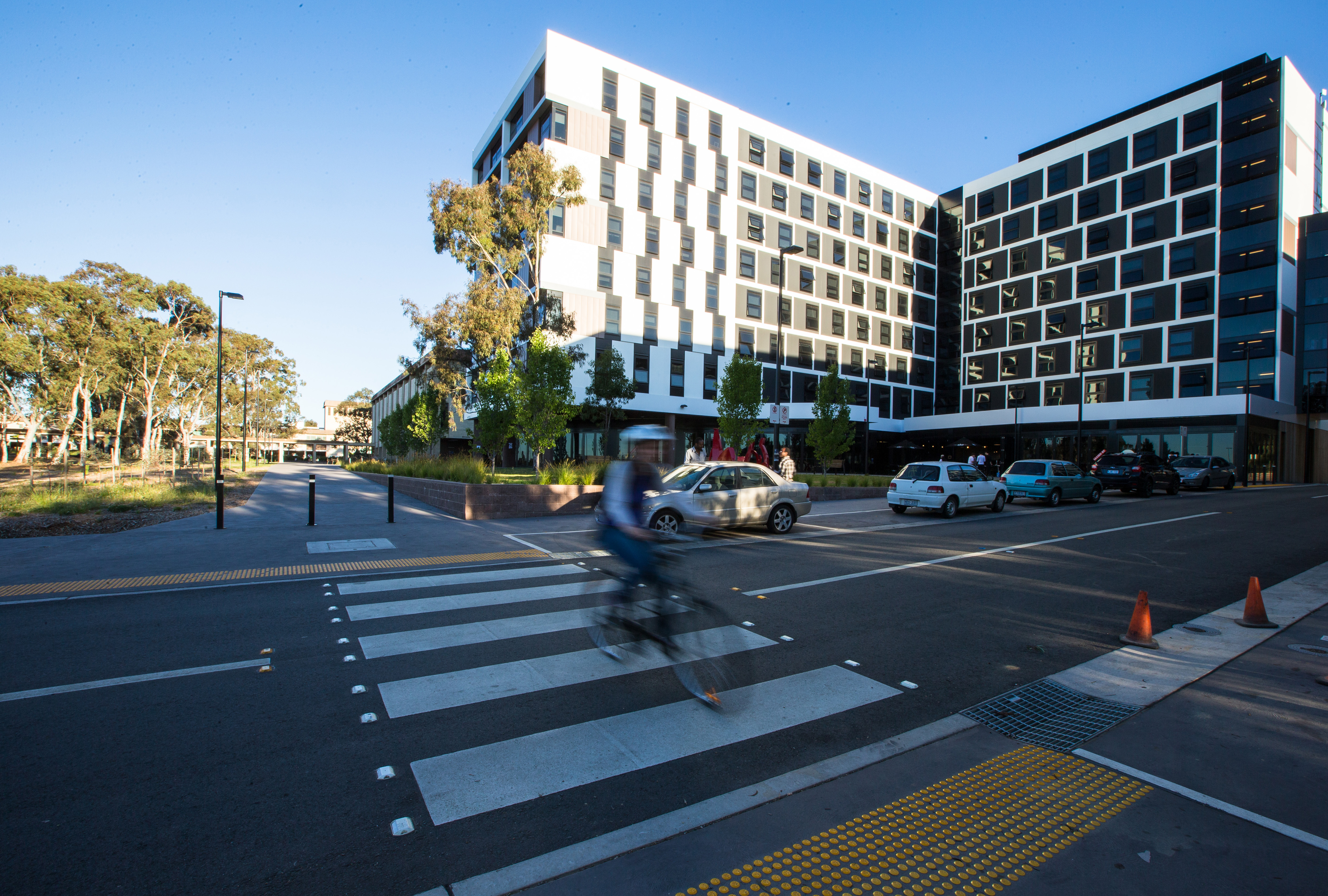Housing affordability remains a hot topic with most Australians. And rightly so, given the fundamental human right for safe and secure housing.
I have previously written about the debilitating effects of homelessness and the comparatively high rate of secondary and repeat homelessness experienced by people in the ACT. This problem is made harder by the fact that Canberra has the highest average wage in the country.
To see why, we need to look at two simple measures of housing accessibility: borrowing power and housing stress.
Borrowing power is the amount a bank will lend you for a home loan. Assuming typical expenses of $2000 per month, a single full-time worker employed on:
- average Canberra wages makes $92,000 and can borrow $520,000
- average wages for a café worker earns $57,000 and can borrow $257,000
- the minimum wage will receive $35,000 and can borrow just $189,000.
This large discrepancy means that higher wage earners can easily outbid lower wage earners. When the median unit price in Belconnen (the cheapest place to buy units in 2016) is $365,000 and the cheapest listing anywhere is $195,000, minimum wage earners are literally unable to buy in the open Canberra housing market.
Of course, many couples use joint incomes to purchase houses. But since full-time care of children and other periods with no income are common, from a social affordability perspective it is important for home loans to be able to be serviced with a single income.
If you can’t buy, you have to rent. Housing stress is a generally accepted benchmark for the maximum you should spend on accommodation, and is defined as spending more than 30% of your gross wages on accommodation. That works out to $330 per week in rent for the café worker and $200 per week for the minimum wage earner. It’s not as unaffordable as buying a home, but can still be a significant challenge for people on lower incomes.
The often-touted answer to this problem in the ACT is to “release more land”. While this is part of the solution, relying solely on land release programs is both bad economics and bad policy.
Releasing more land simply allows the well-heeled investor to reap windfall profits instead of the government. This situation is likely to continue until the problems with capital gains tax and negative gearing are fixed at the Federal level.
In the meantime, a more nuanced approach is needed. Social enterprises often define their goals in terms of market, mission, and money, and the same three factors apply to the ACT government’s approach for delivering affordable housing for the ACT:
- Market: The ACT government sponsors the construction of affordable houses and land rent schemes that are attractive to lower income earners but are less profitable for developers.
- Mission: The ACT’s public housing program includes a range of measures to provide people with secure housing, and also to transition them to home ownership in the long-term.
- Money: If the first two objectives are being achieved, it is both reasonable and responsible for the Land Development Agency to seek good returns on the sale of land to allow investment in infrastructure and other services that benefit all Canberra residents.
The ACT government is ahead of the game in implementing the majority of the changes recommended by the 2015 Federal Government Senate Committee on housing affordability: reducing stamp duty, implementing shared equity schemes and land rent schemes, and supporting increases in community housing programs.
We can always do more. With high office vacancy rates in Canberra at the moment, the ACT Property Council has pointed out that other capital cities convert lower-grade office space into “apartments, hotels, and senior’s housing developments”. This should be considered as a way of rapidly improving affordable housing options in central locations.
Finally, there needs to be a community discussion around rental reforms, with an emphasis on improving security of tenancies and helping people stay in their homes even when they hit temporary financial difficulties.
